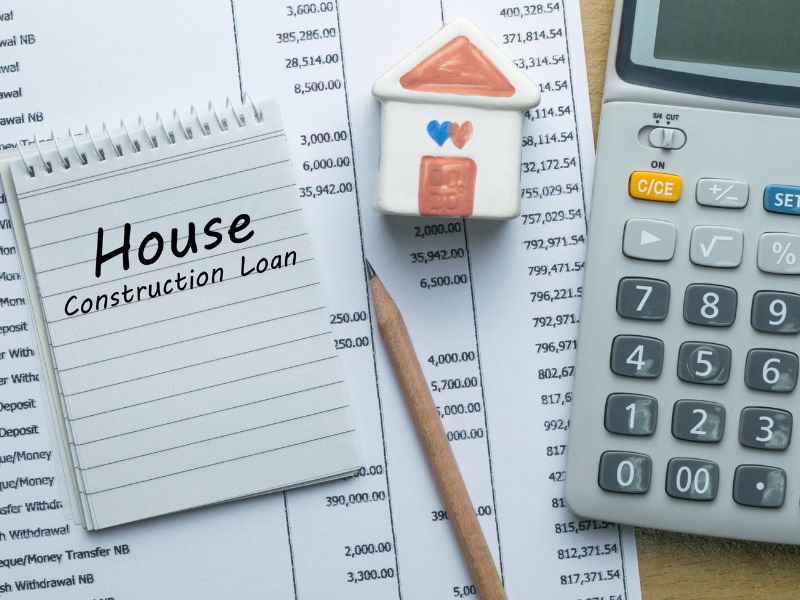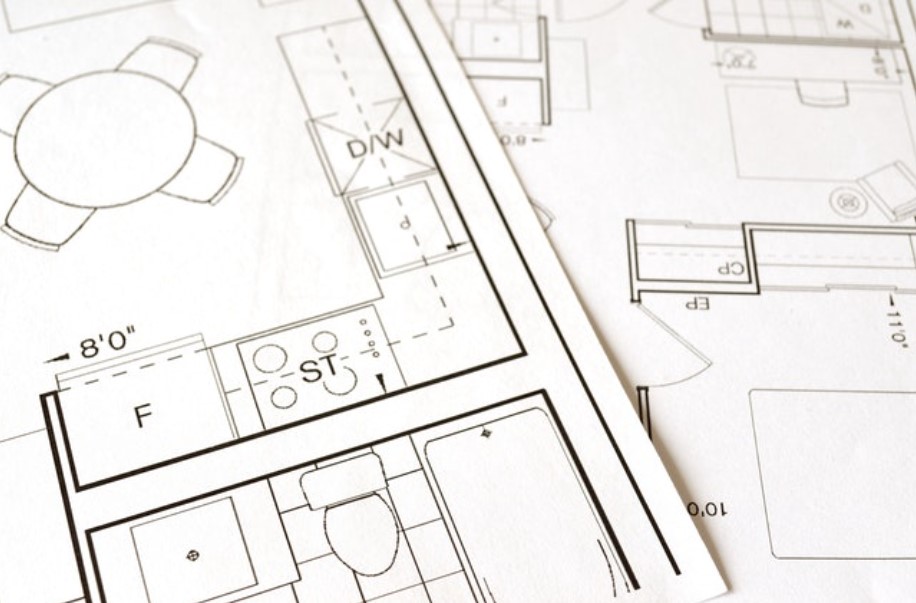Building a custom home is an exciting journey, but navigating the construction loan process is a crucial step that can be more complex than securing a traditional mortgage. The construction loan process differs significantly from standard home financing, as it involves various phases of funding during the building process. Getting familiar with the key terminology used in construction loans can help you understand what to expect and how to prepare for each stage.
- Pre-Qualification
The first step in the construction loan process is pre-qualification. This initial stage gives you and your lender an overview of your financial standing and helps determine how much you may be eligible to borrow. During pre-qualification, the lender will review your income, debts, credit history, and assets to estimate your loan amount. It’s important to note that pre-qualification does not guarantee loan approval. It simply gives you a sense of your borrowing power and helps you understand what you might afford for your custom home.
- Builder Approval
Builder approval is another crucial aspect of the construction loan process. When applying for a construction loan, the lender will need to ensure that the builder you’ve chosen is reliable and capable of completing the project to your specifications.
This vetting process includes looking into the builder’s licenses, insurance, and previous projects. In some cases, lenders may also request references from previous clients to verify that the builder has successfully completed similar projects in the past. Builder approval not only helps the lender mitigate risks, but it also gives you peace of mind, knowing that you’re working with a trusted professional who can deliver on your vision.
- Cost Breakdown
A construction loan requires detailed planning and documentation, and a comprehensive cost breakdown is one of the most critical pieces. This document lists all the projected costs involved in building the home, including materials, labor, permits, fees, and inspections. A thorough cost breakdown provides the lender with a clear understanding of the total budget and ensures that the loan amount requested will cover all aspects of the project.
- Construction Draws
Construction loans are typically disbursed in phases, known as draws, which are released as the project progresses. After each stage of construction is completed—such as laying the foundation or framing the house—the builder will request a draw to cover the costs of the work done so far. Before each draw is approved, the lender will often conduct inspections or appraisals to verify that the work meets certain milestones and is up to code.
Understanding how construction draws work is crucial because it directly affects the timeline and cash flow for your project. You’ll want to make sure your builder is familiar with the draw schedule and can plan accordingly, as delays in draw requests can slow down the construction process.
- Interest Payments During Construction
One key difference between a construction loan and a traditional mortgage is that during the construction phase, you are typically required to make interest-only payments. These payments are based on the funds disbursed through each draw, not the full loan amount. This can help reduce the financial burden while your home is being built, but it’s important to budget for these payments to avoid any surprises during construction.
Once the construction is complete, the loan will usually convert into a standard mortgage, and you’ll begin making full principal and interest payments. Understanding how your payments will evolve during the building process will help you manage your finances and keep the project on track.






